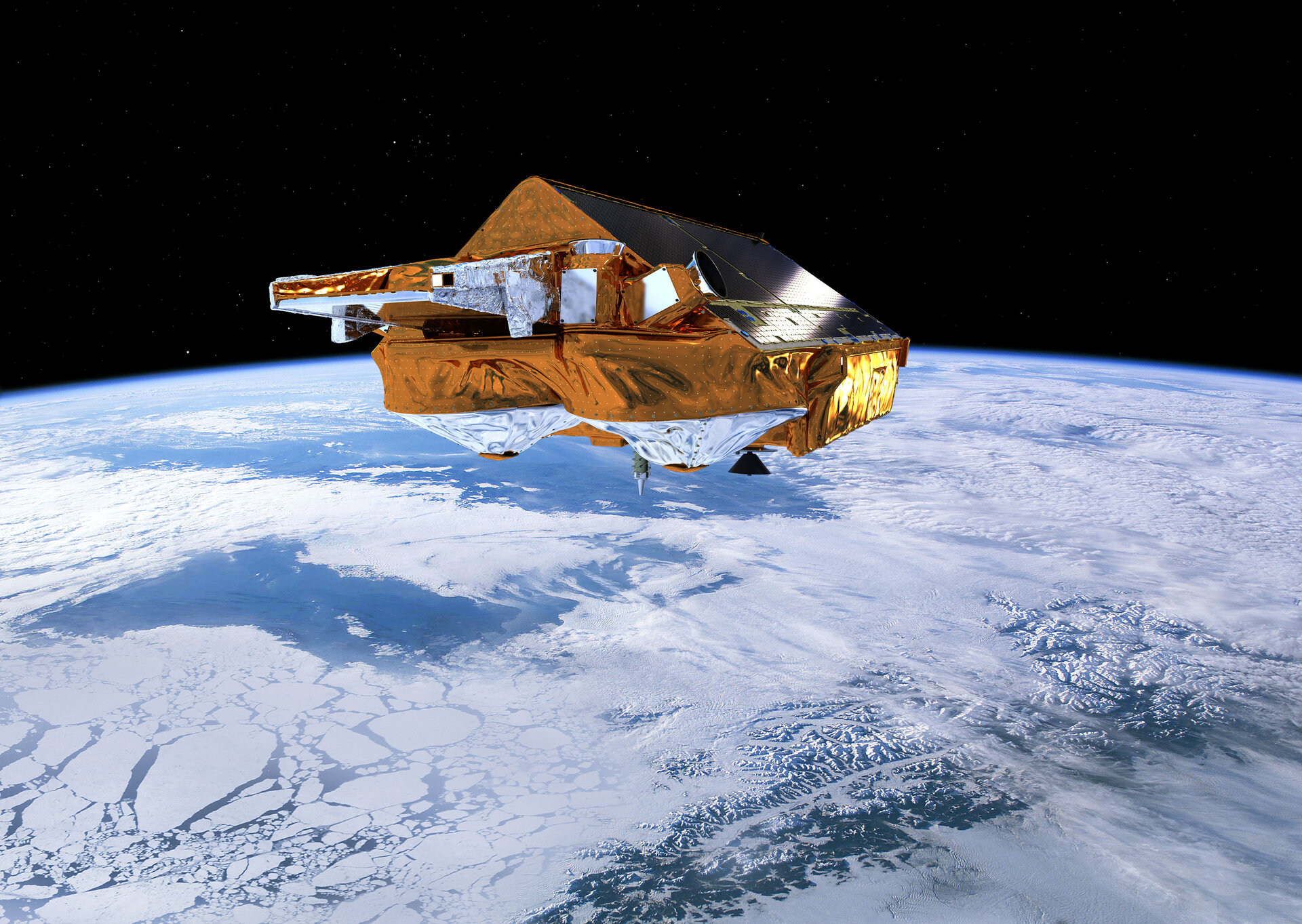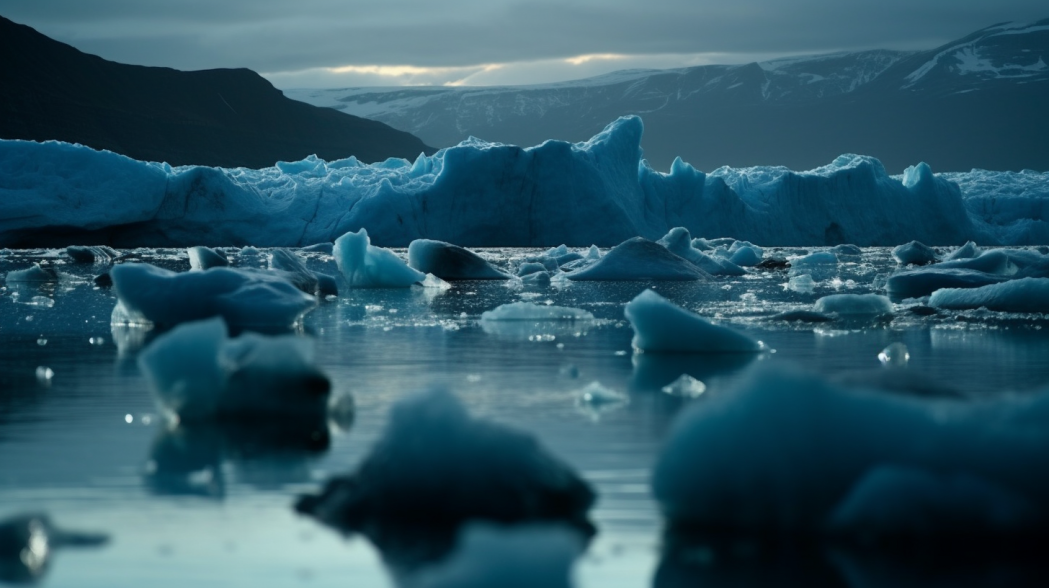Glaciers worldwide have shrunk by a total of 2% in just 10 years, and it’s because of higher air temperatures, according to a recent study published in the journal Geophysical Research Letters. Thanks to ESA’s CryoSat satellite and a breakthrough way of using its data, scientists have discovered that glaciers lost a whopping 2720 Gigatonnes of ice between 2010 and 2020. Their research also demonstrates that higher air temperatures are responsible for 89% of this ice loss.
While this news may be devastating to some, let’s try to look at the bright side. With glaciers melting, we may soon have more fresh water available to us. Who needs to buy bottled water when you can just melt some glacier ice?
On a more serious note, glaciers are essential sources of freshwater, providing water for over 1.3 billion people in high-mountain Asia alone. The loss of glaciers around the world is, therefore, set to cause serious problems for local populations and those relying on outflow water further downstream.

In addition to the impact on freshwater resources, the melting of glaciers is also contributing more to sea-level rise than the ice being lost from either of the giant ice sheets on Greenland and Antarctica. So, if you’re a beach lover, get ready for some new waterfront property!
But on a more practical note, this study highlights the importance of monitoring glaciers and their impact on the environment. It’s not just about losing freshwater resources or sea-level rise; melting glaciers can also impact industries such as hydropower.
Fortunately, ESA’s CryoSat satellite has provided scientists with a way to measure glacier volume and track their changes. This is important because it helps researchers better understand the effects of climate change on glaciers and make projections for the future.
The team’s research, which is supported by ESA’s Earth Observation Science for Society programme, has laid the basis for the Glacier Mass Balance intercomparison Exercise, Glambie, to reconcile the different estimates of glacier mass balance from a multitude of satellite and in-situ methods. It also helps guide the design of the Copernicus Sentinel Expansion CRISTAL mission for monitoring land ice, ensuring continuity in monitoring glaciers globally.
So, while the loss of glaciers may seem like a dire situation, there is hope. With the help of technology and research, we can better understand the effects of climate change and work towards solutions to mitigate its impact on our environment. And who knows, maybe one day we’ll look back on this and say, “Remember when we used to have glaciers?”


